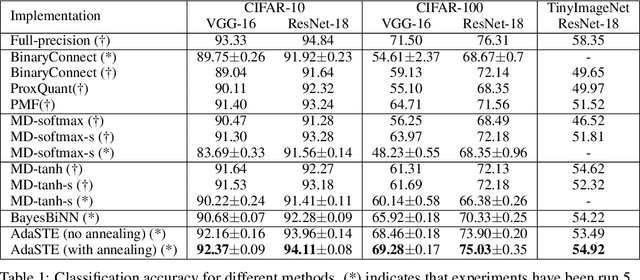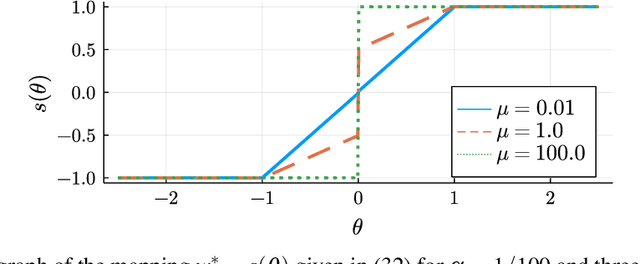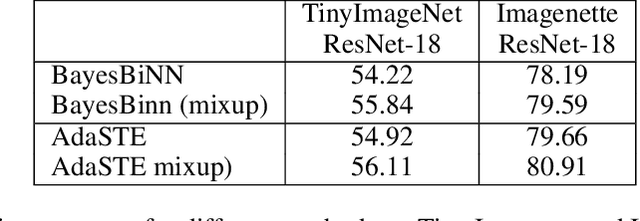Che-Tsung Lin
Text in the Dark: Extremely Low-Light Text Image Enhancement
Apr 22, 2024



Abstract:Extremely low-light text images are common in natural scenes, making scene text detection and recognition challenging. One solution is to enhance these images using low-light image enhancement methods before text extraction. However, previous methods often do not try to particularly address the significance of low-level features, which are crucial for optimal performance on downstream scene text tasks. Further research is also hindered by the lack of extremely low-light text datasets. To address these limitations, we propose a novel encoder-decoder framework with an edge-aware attention module to focus on scene text regions during enhancement. Our proposed method uses novel text detection and edge reconstruction losses to emphasize low-level scene text features, leading to successful text extraction. Additionally, we present a Supervised Deep Curve Estimation (Supervised-DCE) model to synthesize extremely low-light images based on publicly available scene text datasets such as ICDAR15 (IC15). We also labeled texts in the extremely low-light See In the Dark (SID) and ordinary LOw-Light (LOL) datasets to allow for objective assessment of extremely low-light image enhancement through scene text tasks. Extensive experiments show that our model outperforms state-of-the-art methods in terms of both image quality and scene text metrics on the widely-used LOL, SID, and synthetic IC15 datasets. Code and dataset will be released publicly at https://github.com/chunchet-ng/Text-in-the-Dark.
Adjustable Visual Appearance for Generalizable Novel View Synthesis
Jun 02, 2023



Abstract:We present a generalizable novel view synthesis method where it is possible to modify the visual appearance of rendered views to match a target weather or lighting condition. Our method is based on a generalizable transformer architecture, trained on synthetically generated scenes under different appearance conditions. This allows for rendering novel views in a consistent manner of 3D scenes that were not included in the training set, along with the ability to (i) modify their appearance to match the target condition and (ii) smoothly interpolate between different conditions. Experiments on both real and synthetic scenes are provided including both qualitative and quantitative evaluations. Please refer to our project page for video results: https://ava-nvs.github.io/
Extremely Low-light Image Enhancement with Scene Text Restoration
Apr 01, 2022



Abstract:Deep learning-based methods have made impressive progress in enhancing extremely low-light images - the image quality of the reconstructed images has generally improved. However, we found out that most of these methods could not sufficiently recover the image details, for instance, the texts in the scene. In this paper, a novel image enhancement framework is proposed to precisely restore the scene texts, as well as the overall quality of the image simultaneously under extremely low-light images conditions. Mainly, we employed a self-regularised attention map, an edge map, and a novel text detection loss. In addition, leveraging synthetic low-light images is beneficial for image enhancement on the genuine ones in terms of text detection. The quantitative and qualitative experimental results have shown that the proposed model outperforms state-of-the-art methods in image restoration, text detection, and text spotting on See In the Dark and ICDAR15 datasets.
AdaSTE: An Adaptive Straight-Through Estimator to Train Binary Neural Networks
Dec 06, 2021



Abstract:We propose a new algorithm for training deep neural networks (DNNs) with binary weights. In particular, we first cast the problem of training binary neural networks (BiNNs) as a bilevel optimization instance and subsequently construct flexible relaxations of this bilevel program. The resulting training method shares its algorithmic simplicity with several existing approaches to train BiNNs, in particular with the straight-through gradient estimator successfully employed in BinaryConnect and subsequent methods. In fact, our proposed method can be interpreted as an adaptive variant of the original straight-through estimator that conditionally (but not always) acts like a linear mapping in the backward pass of error propagation. Experimental results demonstrate that our new algorithm offers favorable performance compared to existing approaches.
 Add to Chrome
Add to Chrome Add to Firefox
Add to Firefox Add to Edge
Add to Edge